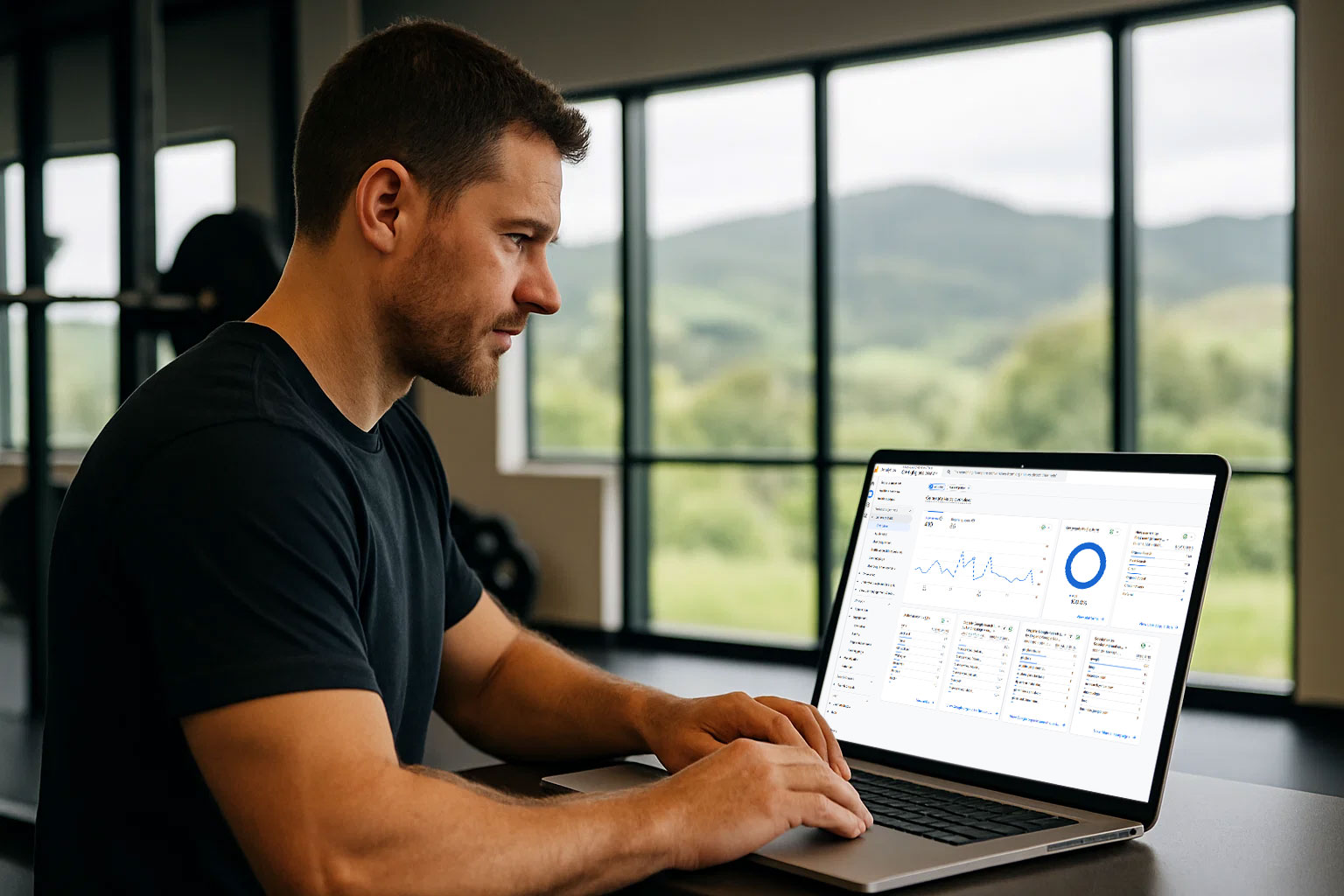If you’re a business owner investing money into a Google Ads campaign, you’ve likely noticed your ad spend creeping up without always seeing the results to match. You’re not imagining it—Google Ads costs have been climbing steadily, and it’s hitting businesses across industries, from retail to tech to healthcare. So, what’s driving these price hikes, and how can you stay ahead? Let’s break it down and share strategies to keep your campaigns thriving in 2025.
Why Are Google Ads Getting Pricier?
Several forces are pushing Google Ads costs upward, affecting businesses of all kinds. Here’s what’s happening behind the scenes.
1. Fierce Competition for Clicks
The digital advertising space is more crowded than ever. With businesses from e-commerce to professional services vying for the same audience, competition for ad placements has surged. According to WebFX, the average cost-per-click (CPC) in 2025 ranges from $1.63 to $2.69, but competitive sectors like legal or real estate can see CPCs nearing $7 or even $1,000 for top keywords. Whether you’re a boutique retailer or a tech startup, this means higher costs to get noticed. We’ve encountered click costs of up to $15 for certain New Zealand clients.
2. Google’s Quiet Price Tweaks
In 2023, a U.S. Department of Justice lawsuit revealed Google raised ad prices by up to 10% to hit revenue targets, often without telling advertisers. Some businesses reported cost spikes as high as 100% for specific campaigns. Google’s shift to automated bidding strategies, now used by over 80% of advertisers, can also drive up costs as algorithms prioritize performance over budget control. This impacts everyone, from small businesses to large enterprises.
3. Seasonal and Market Swings
Ad costs spike during high-demand periods like holidays, tax season, or back-to-school campaigns. For example, a retailer running Black Friday ads or a travel agency promoting summer getaways faces steeper CPCs due to increased advertiser activity. Market shifts, like the post-COVID boom in online shopping, have also kept costs elevated since 2020. No matter your industry, these fluctuations require careful planning.
4. Industry-Specific Pressures
Some sectors face sharper increases than others. A 2025 Search Engine Land analysis found that 12 out of 23 industries saw CPC growth outpacing U.S. inflation (4.24% average over five years). While your business—whether in hospitality, education, or fitness—may not face the highest bids, rising costs still squeeze budgets across the board.
How Rising Costs Affect Your Business
Higher Google Ads prices impact your marketing strategy, regardless of your industry. Here’s what you’re up against:
- Stretched Budgets: Small and medium-sized businesses, like local retailers or consultancies, may find it harder to compete with big players, forcing tougher choices about ad scope.
- ROI Pressure: With costs climbing, you need better returns to justify the spend. Google Ads can deliver an impressive 800% ROI ($8 per $1 spent), but only with smart optimisation.
- Automation Challenges: Automated bidding tools, like Target CPA or Maximize Conversions, can inflate costs if left unchecked. Businesses need to balance automation with oversight to avoid overspending.
- Explaining Costs to Stakeholders: Whether you’re a solo entrepreneur or part of a larger team, justifying rising ad budgets to partners or bosses can be tricky when results don’t scale proportionally.
Smart Strategies to Keep Costs in Check
Rising costs don’t have to derail your advertising goals. Here are practical ways to optimize your Google Ads campaigns and maximize impact, no matter your industry.
1. Boost Your Quality Score
Google rewards relevant, engaging ads with lower CPCs. To improve your Quality Score:
- Write ad copy that speaks directly to your audience’s needs (e.g., “Book Your Dream Vacation Today” for travel clients).
- Use keywords that match user intent, like “affordable fitness coaching” instead of just “fitness.”
- Ensure your landing pages load quickly and offer clear next steps, like a “Shop Now” button for retail.
A better Quality Score means lower costs and higher ad rankings.
2. Focus on Long-Tail Keywords
High-competition keywords are budget-killers. Opt for long-tail keywords that are specific to your business, like “organic skincare for sensitive skin” instead of “skincare products.” These often have lower CPCs and attract customers ready to buy, whether you’re in e-commerce or B2B services.
3. Target the Right Audience
Use Google’s audience tools to zero in on high-value customers. For example:
- A restaurant could target “in-market” users searching for dining options nearby.
- A tech company might retarget users who visited their pricing page.
- A healthcare provider could focus on local audiences searching for “urgent care near me.”
Precise targeting cuts wasted spend and boosts conversions.
4. Use Automated Bidding Wisely
Automated bidding can streamline campaigns but requires monitoring. Test strategies like Target ROAS (Return on Ad Spend) or Enhanced CPC, and check performance weekly to avoid cost creep. For example, a retailer might set a Target ROAS to ensure holiday ads stay profitable. Combine automation with manual tweaks for competitive keywords.
5. Explore Other Channels
If Google Ads costs are straining your budget, consider complementary platforms. Social media like Meta, Instagram or LinkedIn often have lower CPCs and can work for visually driven or B2B campaigns. A fitness studio, for instance, might find Instagram Stories more cost-effective for local promotions.
6. Track and Tweak Constantly
Use Google Analytics and Ads reports to monitor metrics like click-through rate (CTR), conversion rate, and cost-per-conversion. Test different ad versions to find what works best—a 1% CTR boost can significantly cut your effective CPC. For example, a consultancy might test “Free Strategy Call” vs. “Grow Your Business Today” to see which drives more clicks.
The Upside: Google Ads Still Works
Despite the price hikes, Google Ads remains a powerhouse for reaching customers. Its unmatched reach, precise targeting, and detailed analytics make it a vital tool for businesses in any industry. With the right strategies, you can turn rising costs into an opportunity to refine your campaigns and drive better results.
Take Control of Your Ad Spend in 2025
Google Ads costs may be climbing, but they don’t have to hold your business back.
As a Creative Digital client, you have access to our expertise to navigate these changes. Let’s work together to audit your campaigns, uncover cost-saving opportunities, and align your ad spend with your goals—whether you’re driving online sales, booking appointments, or building brand awareness.
Ready to make your Google Ads budget work smarter? Reach out today for a personalised strategy that keeps your campaigns profitable and your business growing. Let’s tackle the rising costs together!



